
MOOD-BOARD – Occupation & Liberation








Harvard system of referencing –
Bibliography: Adams, R. (1996). Beauty in Photography. New York: Aperture Foundation. O’Hagan, S. (16.Feb.2012). A Photographer With a Profound Sense of Space. London: The Guardian – https://www.theguardian.com/artanddesign/2012/feb/16/robert-adams-photographer-sense-place.
Quote inside your text: ………………….. Photographer Robert Adams said “The greatest beauty in artwork tends to encompass most; the artworks of largest importance frequently have within them the widest diversity.” (Adams 1996: 27) Meaning that …………………..
………………….. Sean O’Hagan said “To a degree, all of Adams’ work is simple, but deceptively so.” (O’Hagan 16.Feb.2012) Meaning …………………..
if quotes are more than 4 lines, an indentation must be made
My personal investigation will look to explore abstraction as a medium while exploring the labour forced by the Germans.
I am looking to practice abstraction via subject and lighting manipulation as opposed to camera/ editing tricks. I am looking to photograph the sea wall and establishing shots of the surrounds as well as forming sculpture from similar aggregates used in the sea wall in order to explore the forced labour used to construct the German defensive structures in Jersey.

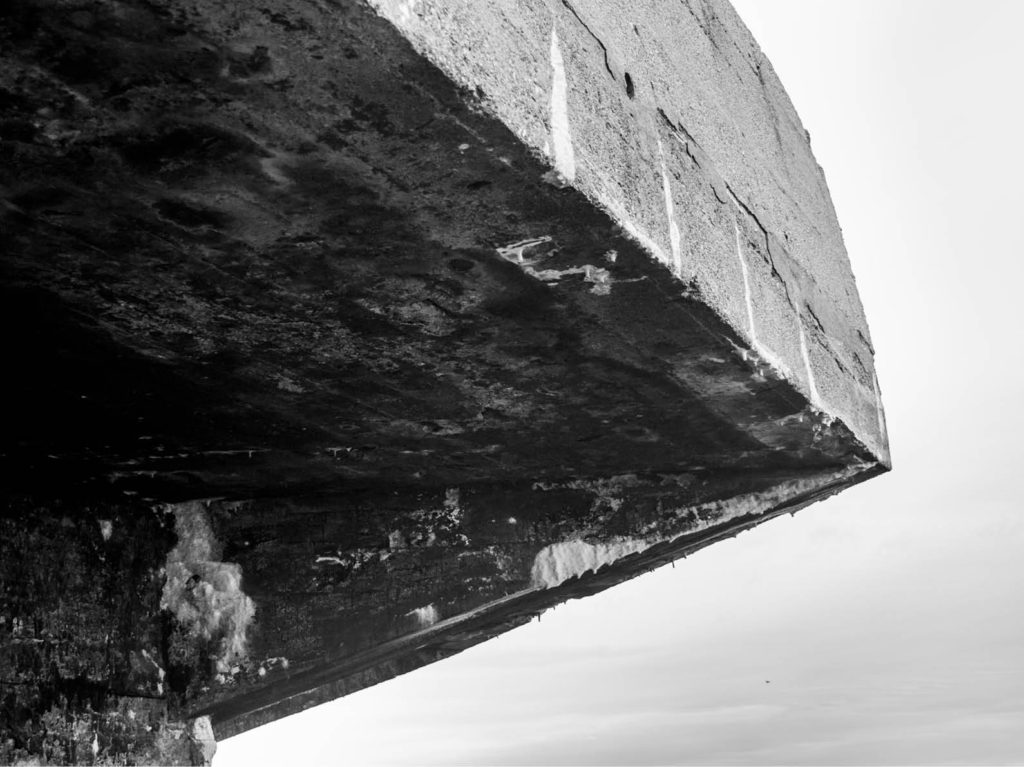
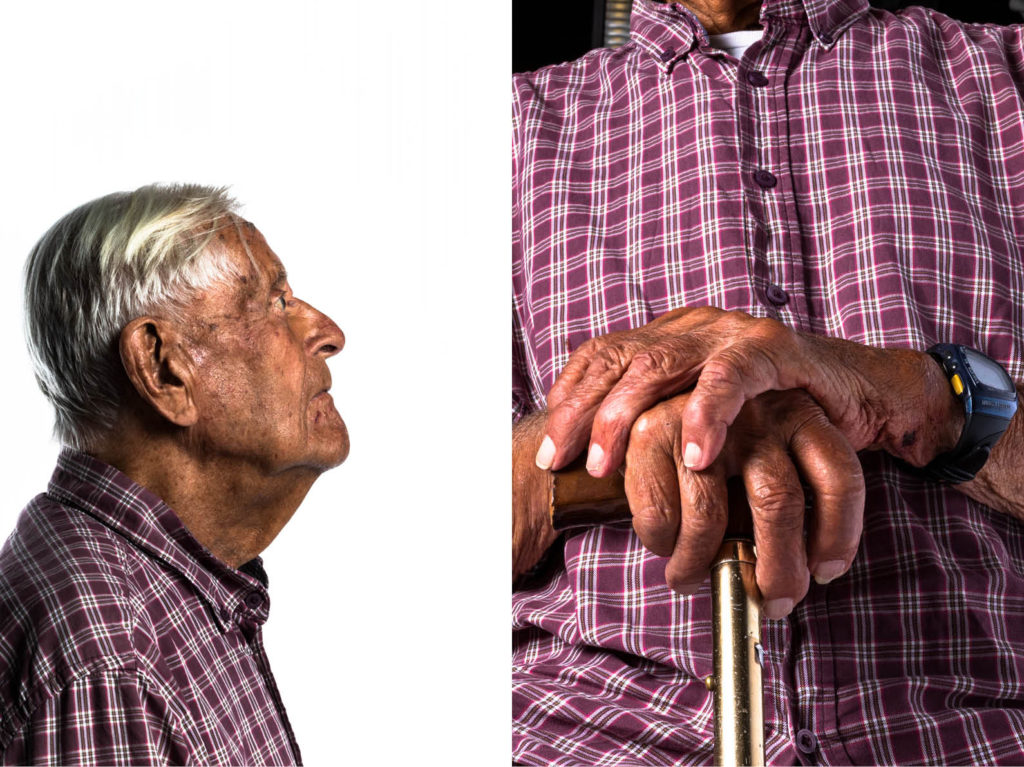
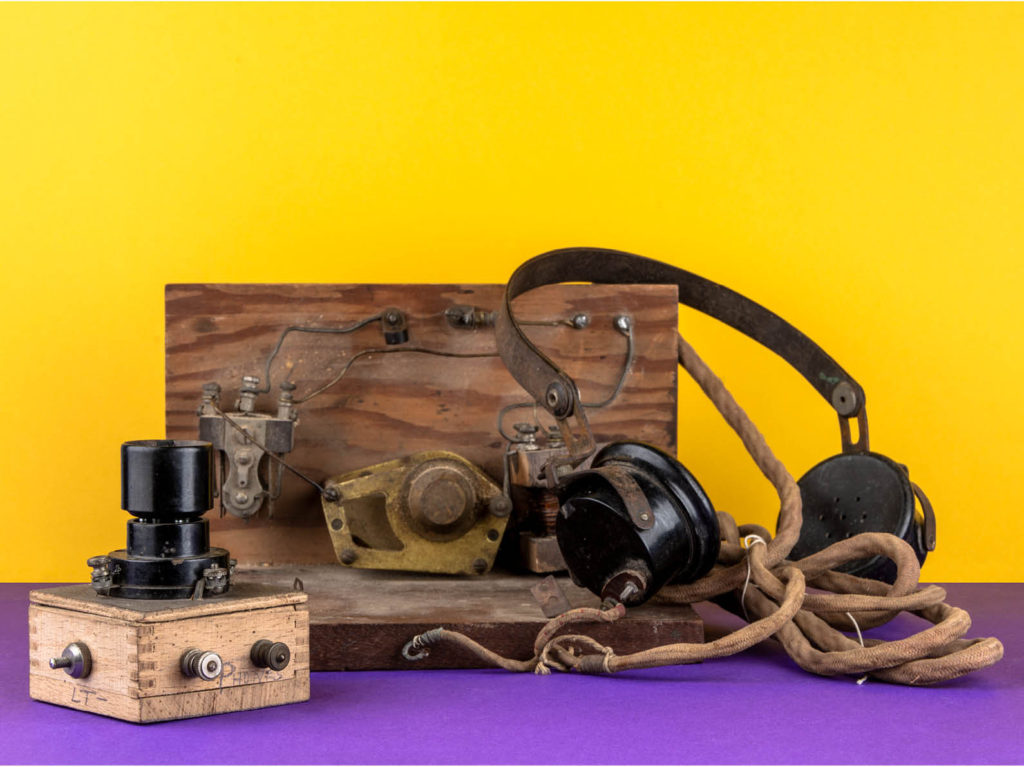
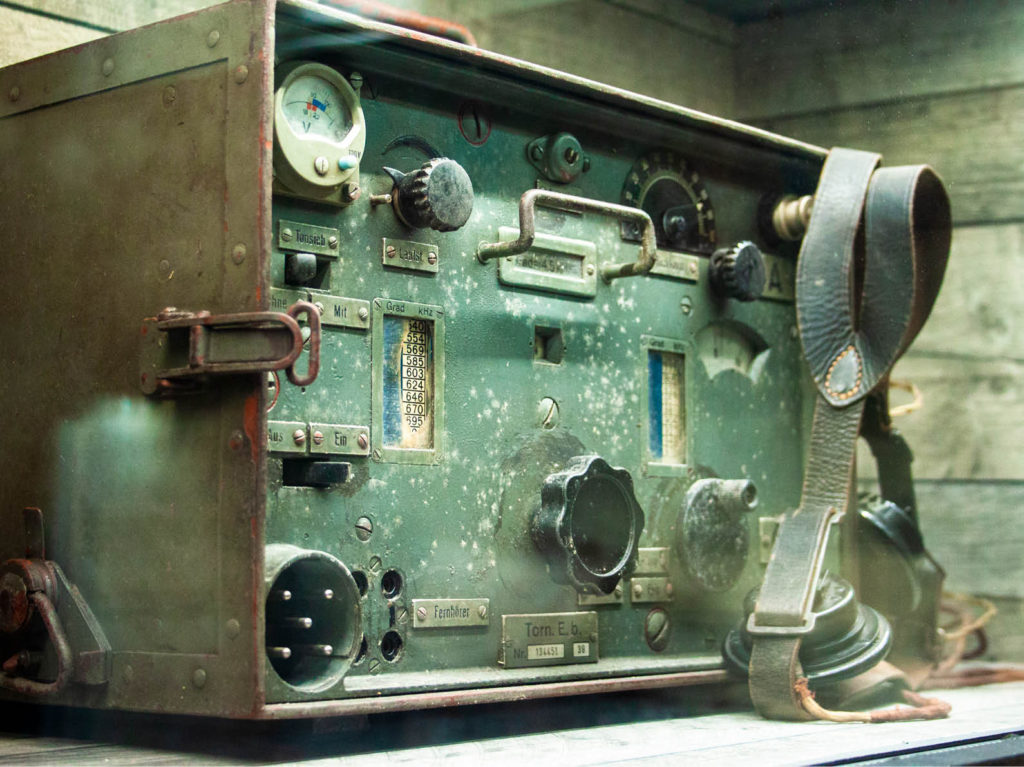
PICTORIAL-ISM
time period : 1880-1920s
Key characteristics/ conventions : Pictoralism was born out of the desire to have photography accepted as an art form, as such the photographs were made to look more like paintings. Alot of influence from romanticism and various painting movements. Use of allegorical subject matter. Heavily stylized.
Artists associated: The vienna camera club (Heinrich Kuhn, Hans Watcek, Hugo Henneberg) , The brotherhood of the linked ring (H P Robinson), Photo-secession (Frank Fugene, F Holland Day, Clarence H White, Gertrude Kasebier), Sally Mann
Key works:
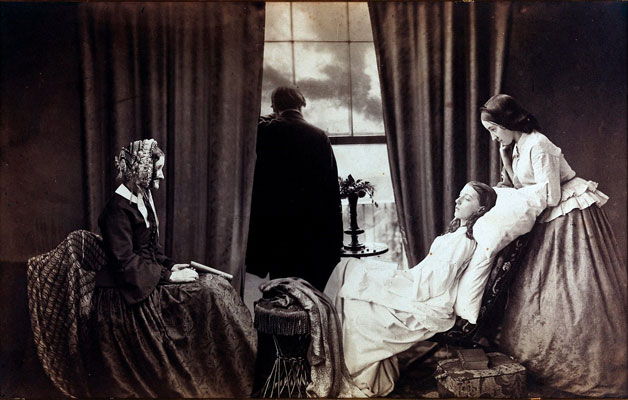
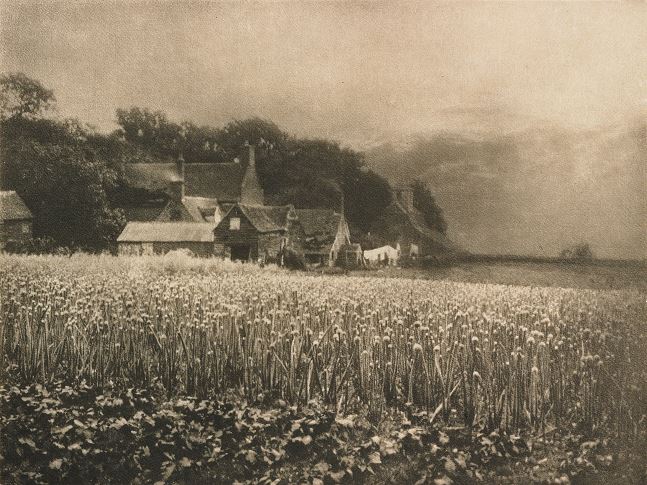
Methods/ techniques/ processes: Vaseline on lens, chiaroscuro, autochromes
REALISM / STRAIGHT PHOTOGRAPHY
Time period: Started in 1840s
Key characteristics/ conventions : Realistic photography in retaliation to pictorial-ism. Capturing realities of contemporary life synonymous with the depressive era. Documentary photography.
Artists associated: Walker Evans, Paul Strand, Alfred Stieglitz
Key works:

Methods/ techniques/ processes: SLR, modern glass, small aperture.
Of the areas of photography that were explored thus far in the occupation and liberation module, I have found most inspiration within the landscape and object photography. I found that these allowed for the most creative freedom as well as opening more opportunities to explore different editing techniques. I liked to use strong geometric structure within my shoots, often using squares within the image to better frame the rest of the image. The use of the still life setup also allowed for the most creativity in manipulating the compositions and experimenting with various visual and thematic themes within the shoots. the landscape photography forced me to explore texture and form in order to create visually interesting compositions, they allowed me to better explore black and white photography to help bring out the textures within the images. such as the image shown below in which the contrast was manipulated in order to bring out texture within the background of the image.
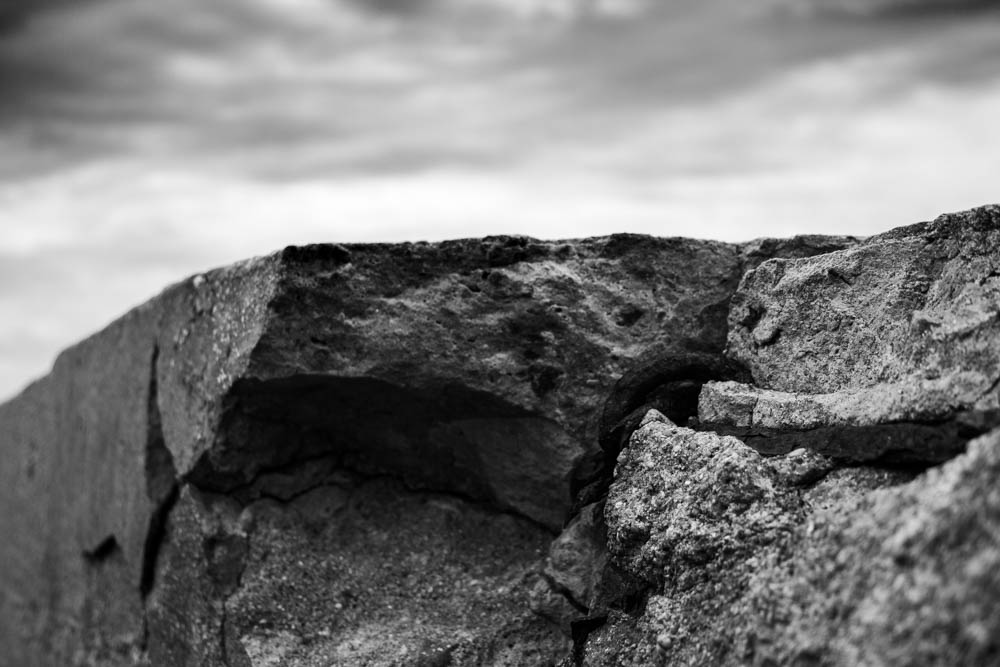
Attached below is an image demonstrating the studio, still life setup in which I was able to explore various compositions to try and achieve an aesthetically pleasing shot. from there I was able to easily manipulate/remove any blemishes due to the simplicity of the background.


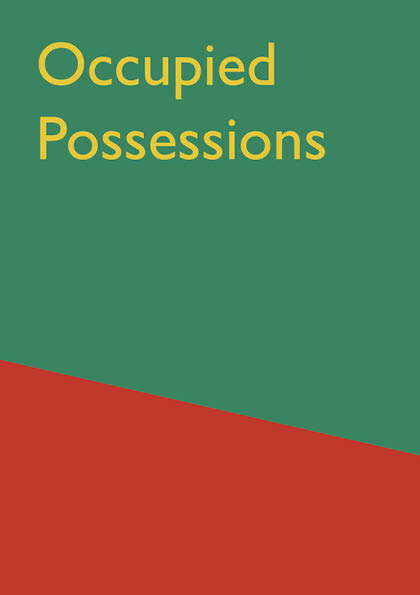

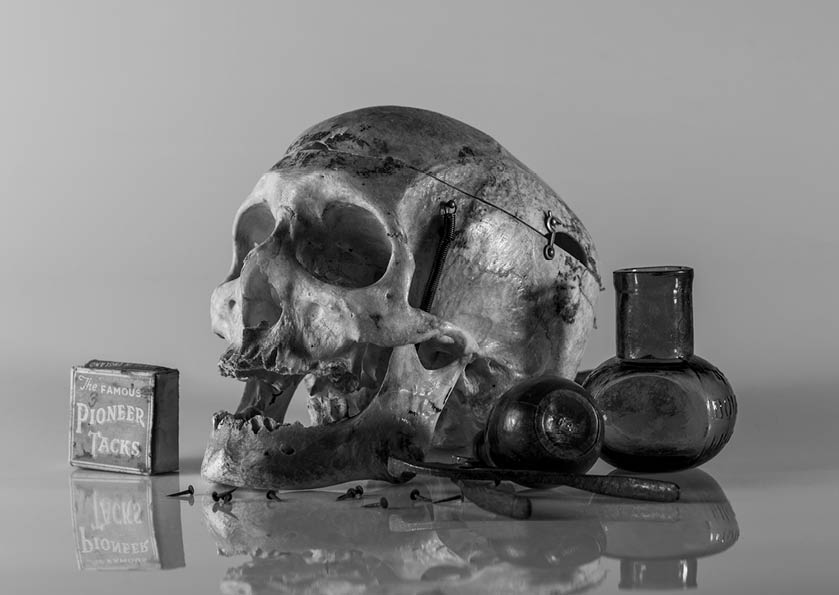
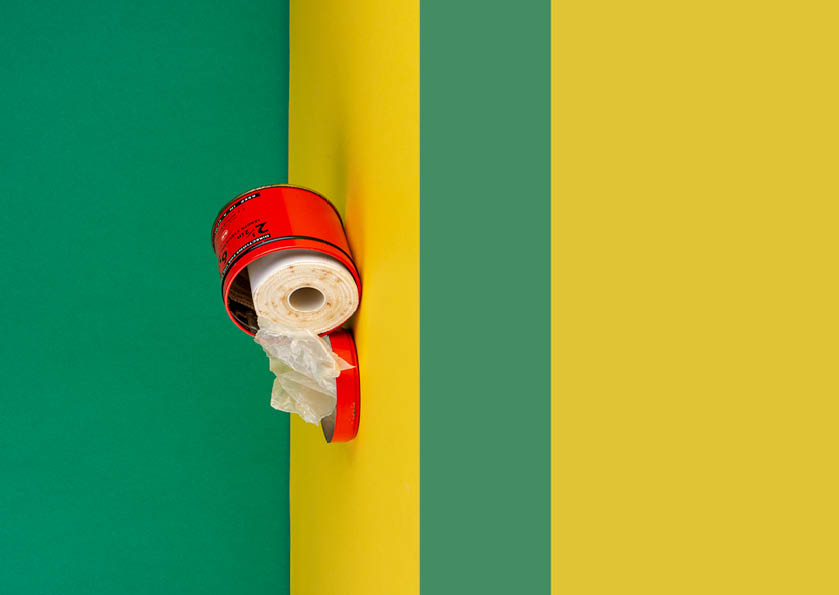
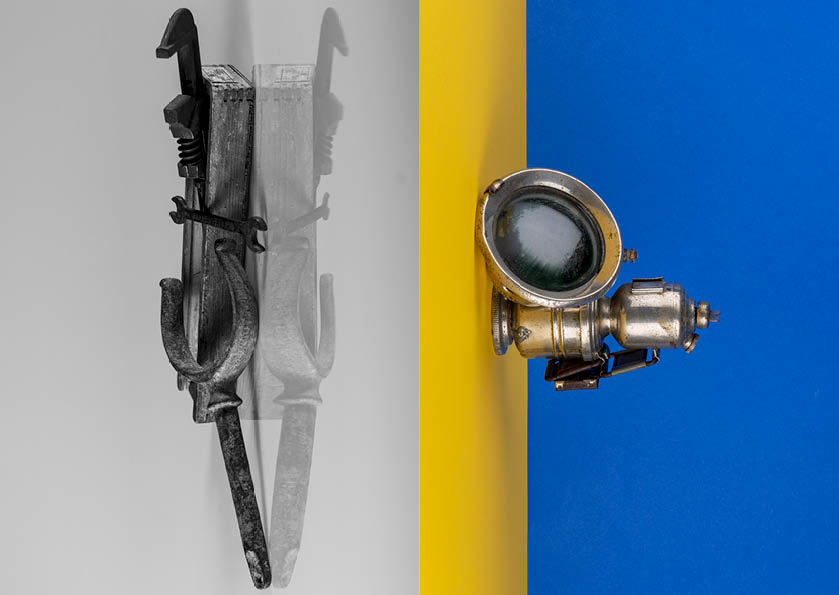
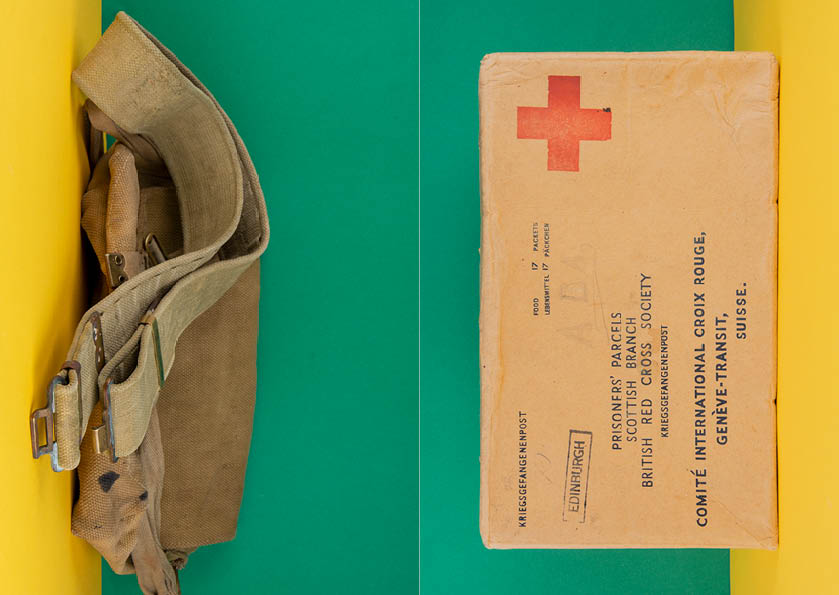




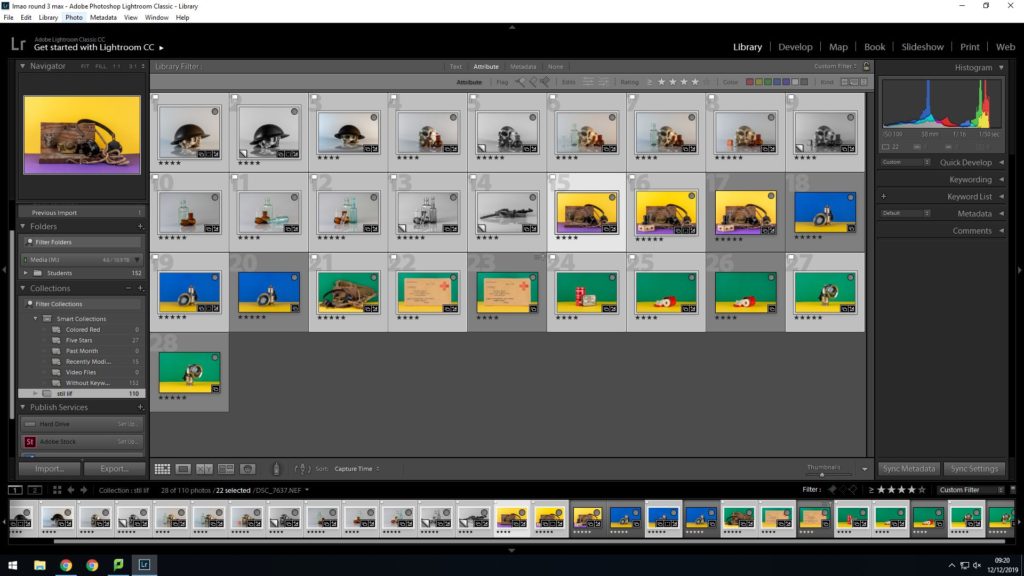
Much of the edits for the first shoot consist of increasing contrast and detail as well as some experimentation with black and white edits.
As for the second shoot and emphasis was put on improving color depth and repairing blemishes in the background.
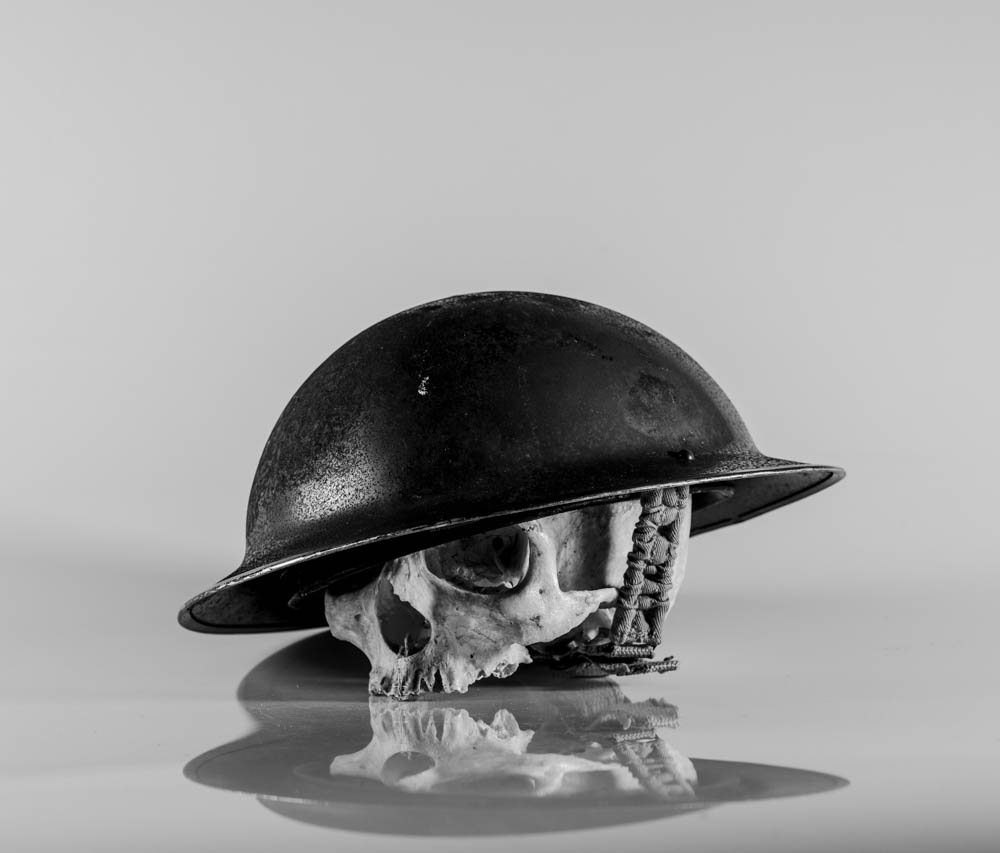
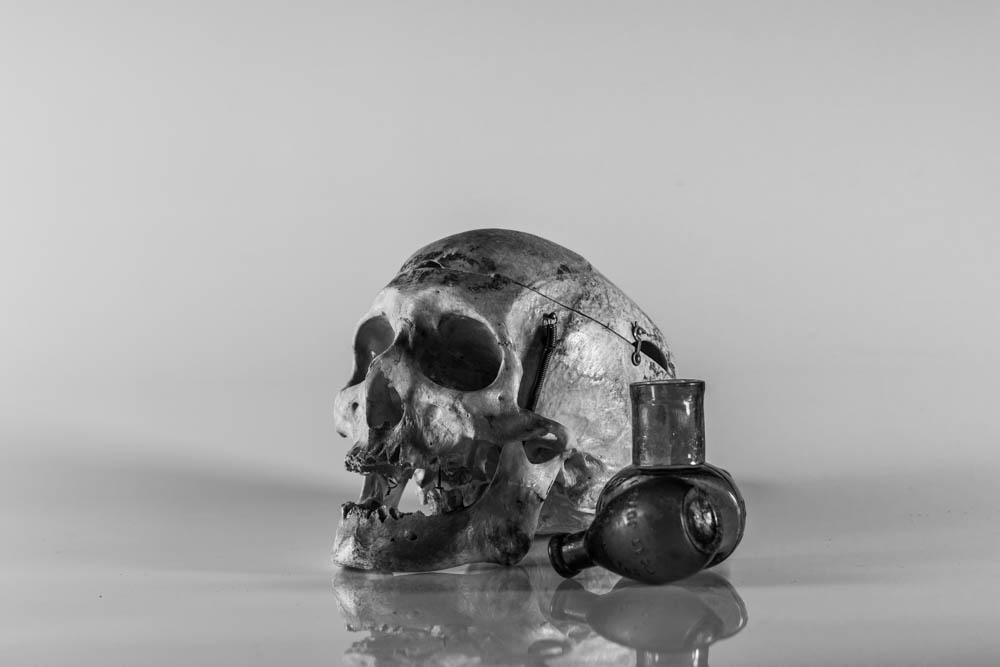
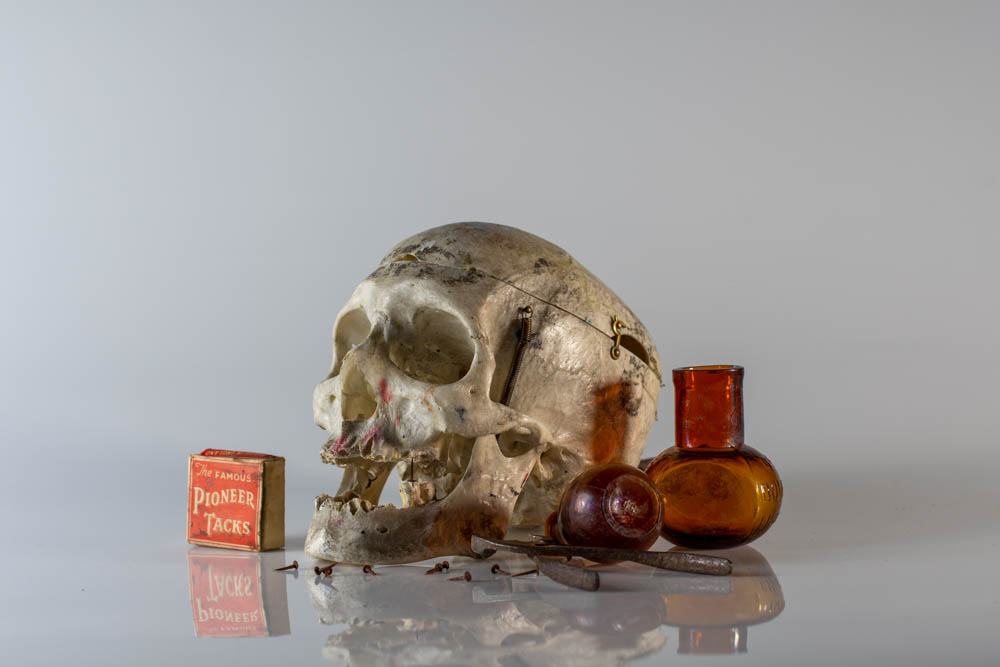
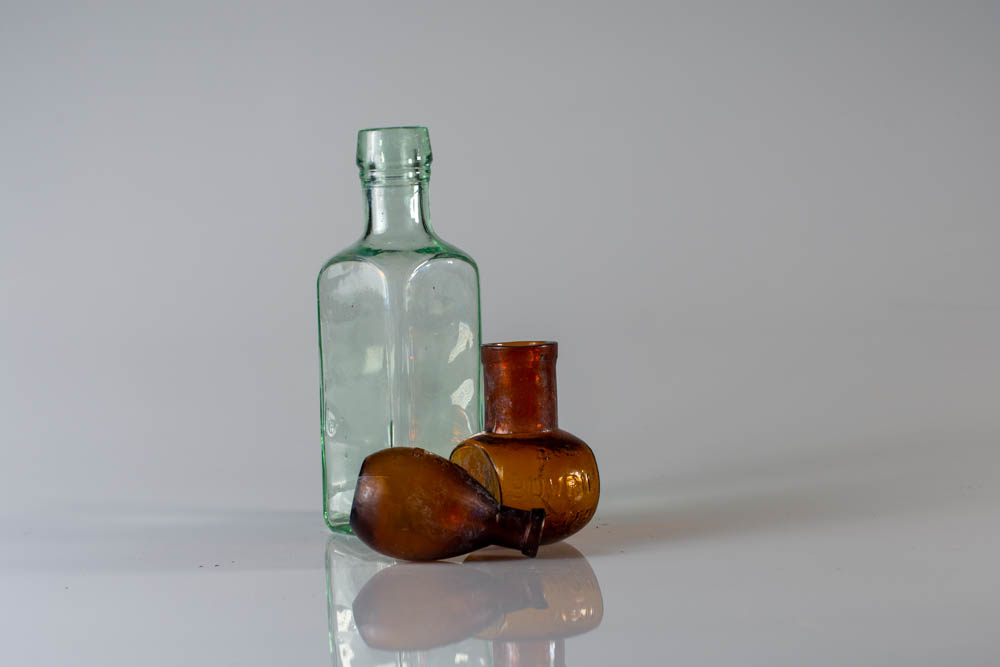
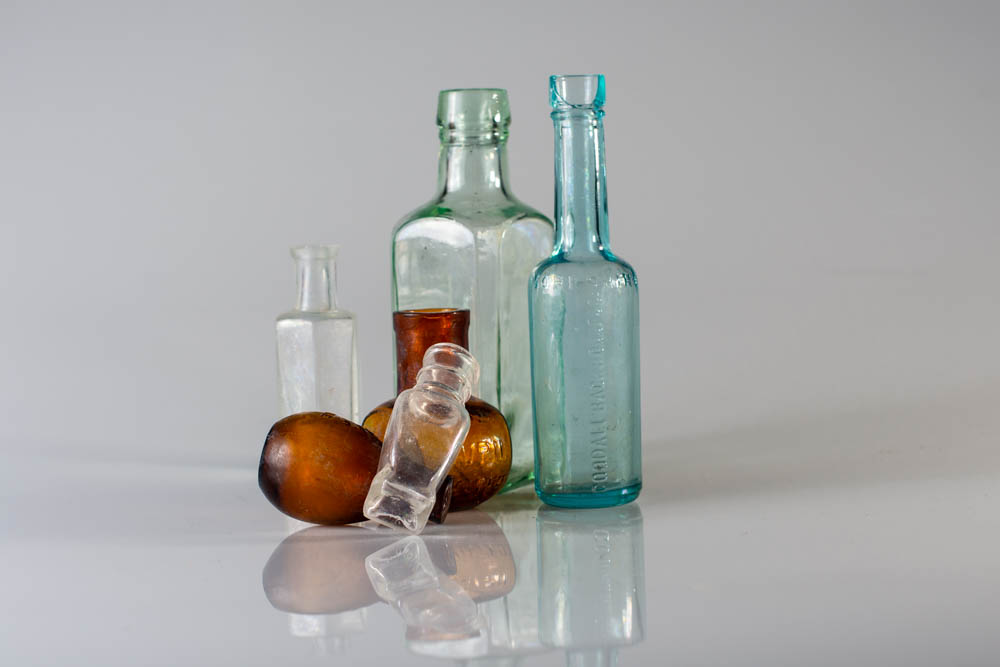
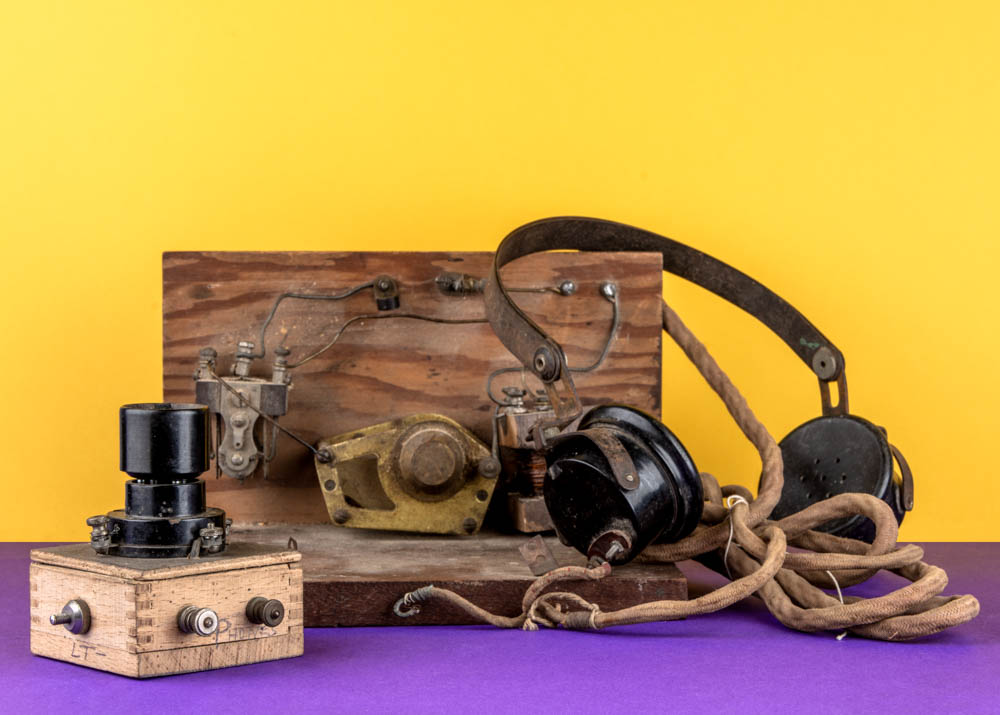

These images have had their background retouched in order to produce a cleaner line between the different colors as well as light retouching to the subject of the images to preserve as much detail as possible. the brightness of each flash-heads to achieve the desired lighting for each composition.

This is one of Pieter Claesz’s most iconic pieces simply titled ‘Vanitas Still Life’ featuring a very traditional vanitas composition and some harsh directional lighting.
Due to the intensity of the image it is unlikely that it is entirely lit using the single candle and thus is likely naturally lit with some additional warmth provided by the candle. The image contains harsh contrast resembling chiaroscuro lighting from left to right. the chosen color palette is quite warm possibly due to the age of the pigments. There is some prominent use of directional strokes visible on the larger rounded surfaces of the painting, this was likely to show the light interacting with the various textures in the image. The main 3D forms of the painting are the candlestick and the skull on either side of the composition with the skull being used as a symbol of mortality as well as potentially the candle as it is this finite, flickering flame destined to eventually go out, its transience may be a metaphor for the human life. This theme of transience also extends to the flower shown in the painting. The quill and ink-pot shown within the image may potentially represent the vain pursuits of man.